Andre' Kerte'sz
"I am an amateur and intend to remain one my whole life long. I attribute to photography the task of recording the real nature of things, their interior, their life. The photographer’s art is a continuous discovery which requires patience and time. A photograph draws its beauty from the truth with which it’s marked." Andre' Kerte'sz
Andre' Kerte'sz was a hungarian born photographer active from the late 1800's until the mid eighties. The major percentage of his work and creative career was pursued in the United States and for a smaller period in Paris, France.
Ke'rte'sz captured with his camera minutes aspects of the world, from the banal to the highly intriguing, highlighting and showing that every detail of daily life could be photographed with an artistic eye... setting things apart, rendering them elegant... noteworthy... memorable.
Introversive by character Kerte'sz sought out the precious stillness of an instant in everyday life dedicating himself to that flux rather than seeking to document great events or movements. In doing this he enriched previously formed conceptions of street photography and with the strong use of portraiture in his work he extended Reportage to link with the portrait.
By 1925 when Kerte'sz was 31 he transferred to Paris where other important characters in the avant- guard were gathered; such as Many Ray and Robert Capa.
The year 1927 saw Kerte'sz's first photographic exhibition at the gallery
Au Sacre du Printemps
... His exhibition was opened by dadaist poet Paul Dermee' who is quoted mnetioning Kertesz' work and he stated;
"No rearranging, no posing, no gimmicks, nor fakery. Your technique is as honest, as incorruptible, as your vision. In our home for the blind, Kertész is 'Brother Seeing-Eye. "
In 1928 Kerte'sz obtained his first Leica and started to work together with Henri- Cartier Bresson for the magazine VU.
Still in Paris in 1929 he participated at the first ever independent photographic exhibition
Il Salon de L'escalier
with the likes of Euge'ne Atget, Man Ray, Nadar and Berenice Abbot amongst others.
Seven years later in 1936 he moved to New York, originally only intending to stay for a year he remained there until his death on September 28, 1985.
When Kerte'sz arrived in New York his work was not well received amongst the standardised American photojournalism of the time; he was told by LIFE Magazine that his photographs said 'too much'...
Andre' Kerte'sz is survived by more than 100,000 negatives and the recognition of being one of the founding figures in the history of photography and photojournalism.
"The moment always dictates in my work. What I feel, I do. This is the most important thing for me, Everybody can look, but they don't necessarily see." Andre' Kerte'sz
" The most valuable things in a life are a man's memories. And they are priceless" Andre' Kerte'sz
Anna Maria Antoinette D'Addario











